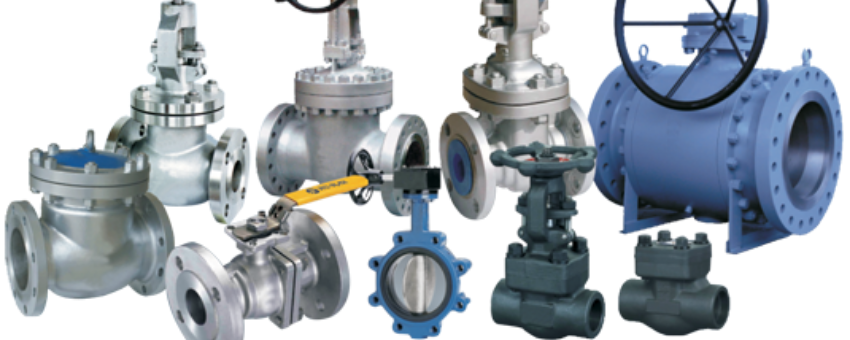When it comes to industrial operations, a valve must be selected very carefully. You cannot just pick any valve and expect it to work. When we look at industrial operations, we have to consider large volumes, pressure and different types of media. The valve must be able to handle industrial wise production and processing. It also needs to be durable, given its constant and heavy use.
There are four main factors that you have to keep in mind when selecting industrial valves India:
Type Of Valve
There are many types of valves and the selection of the right type will depend on valve operation, flow control and function. Let us look at these in detail:
Flow control: There are three main types of flow control requirements: altering the course of the flow, on/off application and throttling of the flow. Each function will require a different kind of valve. For instance, Butterfly, ball, plug, diaphragm and gate valves are chosen for on/off applications. Globe, diaphragm, needle and ball valves are better when you want to throttle the flow.
Special conditions: Sometimes the flow has certain special conditions, such as back-flow, pressure control or mixing of two flows. A check valve is used for back-flow, while pressure issues require a pressure regulating valve. A mixing valve is used for blending two processes. A metering valve may also be used when feeding additives into a flow.
Media: This is one of the major factors. Certain media needs special valves. For instance, you need a solids valve for granular or powdery media. Even the absence of media can be important. Vacuum chambers need vacuum valves. These are special type of valves that need careful configuration and installation. The valve is sometimes named after the type of media — such as hydraulic valves, steam valves, water valves and gas valves. F&B operations use sanitary industrial valves India.
Valve Size
A valve that is not properly sized is of no use. The installation site is properly measured to ensure that one buys the right size. If it is not sized properly, we will soon have a trouble on our hands. An undersized valve can cause chocking on one end and back pressure on the other end. Over sized valves usually fail to control the flow. An on/off valve is usually easy to calibrate — you simply need t measure the pipe or tube. A throttling valve needs a bit more careful calculation, since we have to factor in the gap at various stages. To find the appropriate valve size, we also have to calculate the flow rate or the valve flow coefficient. This will ensure that we get the desired flow.
Material of Construction
The material of the industrial valves India is another critical factor. The material is decided according to the media, the environmental conditions and repair requirements.
Media: The basic requirement of the valve is to withstand any corrosive effects of the media. For aggressive media like acids, saltwater, and chemicals, we need a material that can withstand the corrosion. For instance, stainless steel is often used for saltwater because of its resistance. Sometimes we need specially developed alloys to meet media conditions like high pressure or high temperatures.
Surrounding environment: We have to consider the corrosive factors present in the surrounding environment to ensure that the valve can lost long. Volatile compounds or corrosive environment will need appropriate valves. We also have to consider whether we need sealing of the valve to ensure that the media stays confined.
Future maintenance: Typically, we look for easy to repair valves for industrial use. With heavy volumes and pressures, industrial valves do break down and replacing a valve every time is inefficient. So, look for easy to repair options. Even within the same type of valve, some valves are easy to repair, while some are not. For instance, a single body butterfly valve is meant for one time use while a three-body valve can be easily opened and repaired.
Connections
Valve fittings and connections are important because they determine the working of the valve. You have to select between manual actuator, metered handle, hand wheel or simple handle. Certain operations may need automatic shut-off connections. This is decided as per the function of the valve, the operating conditions and the efficiency

